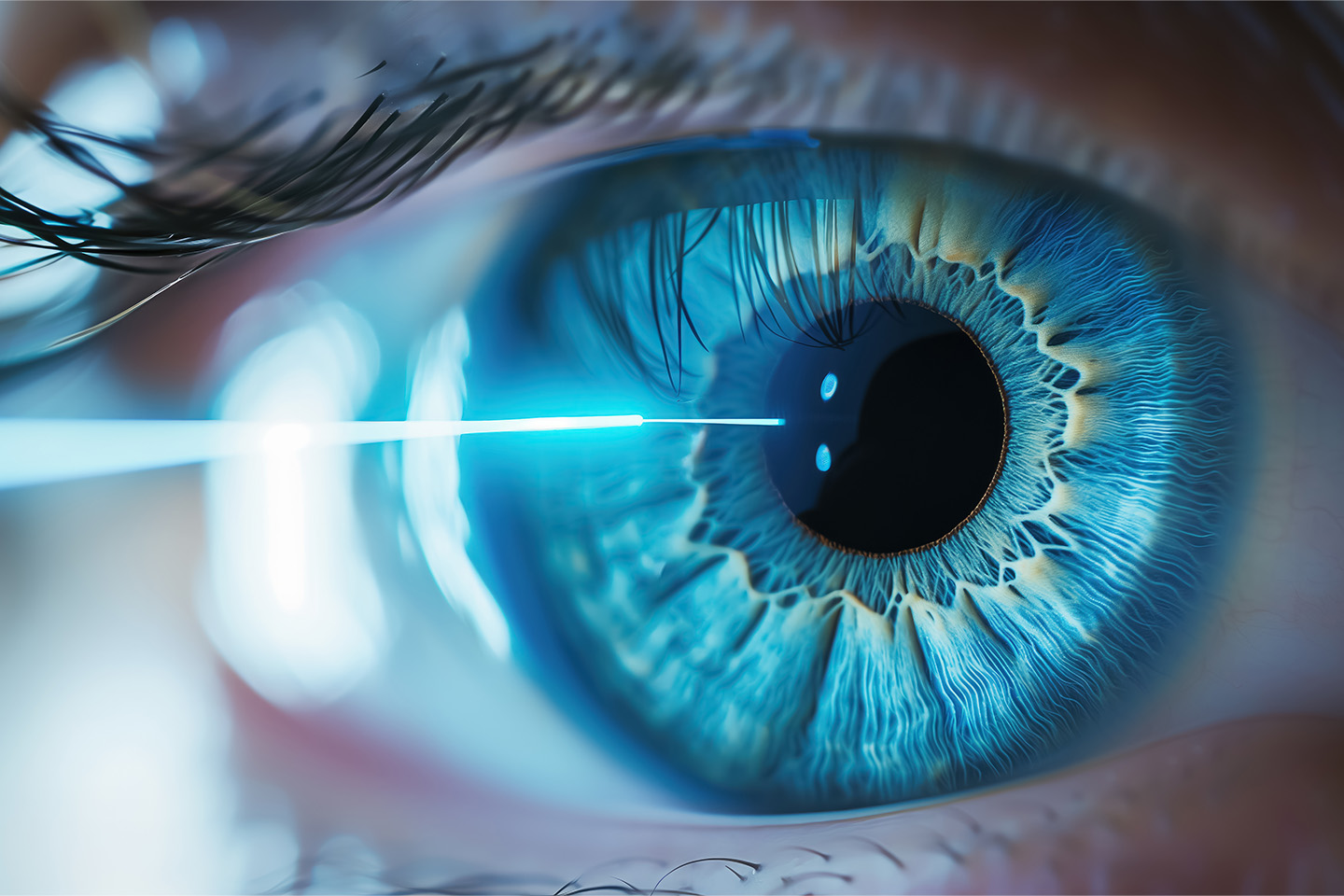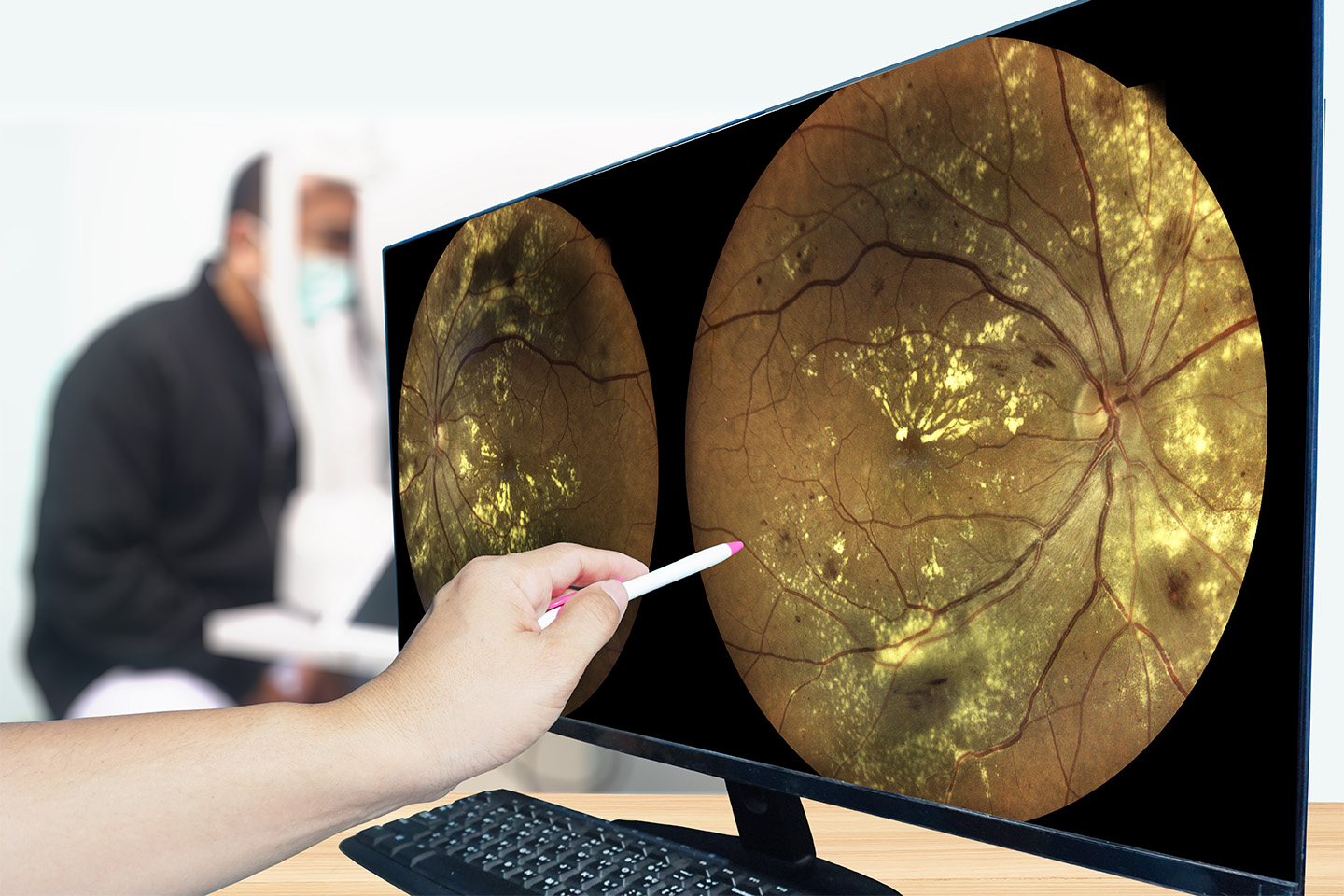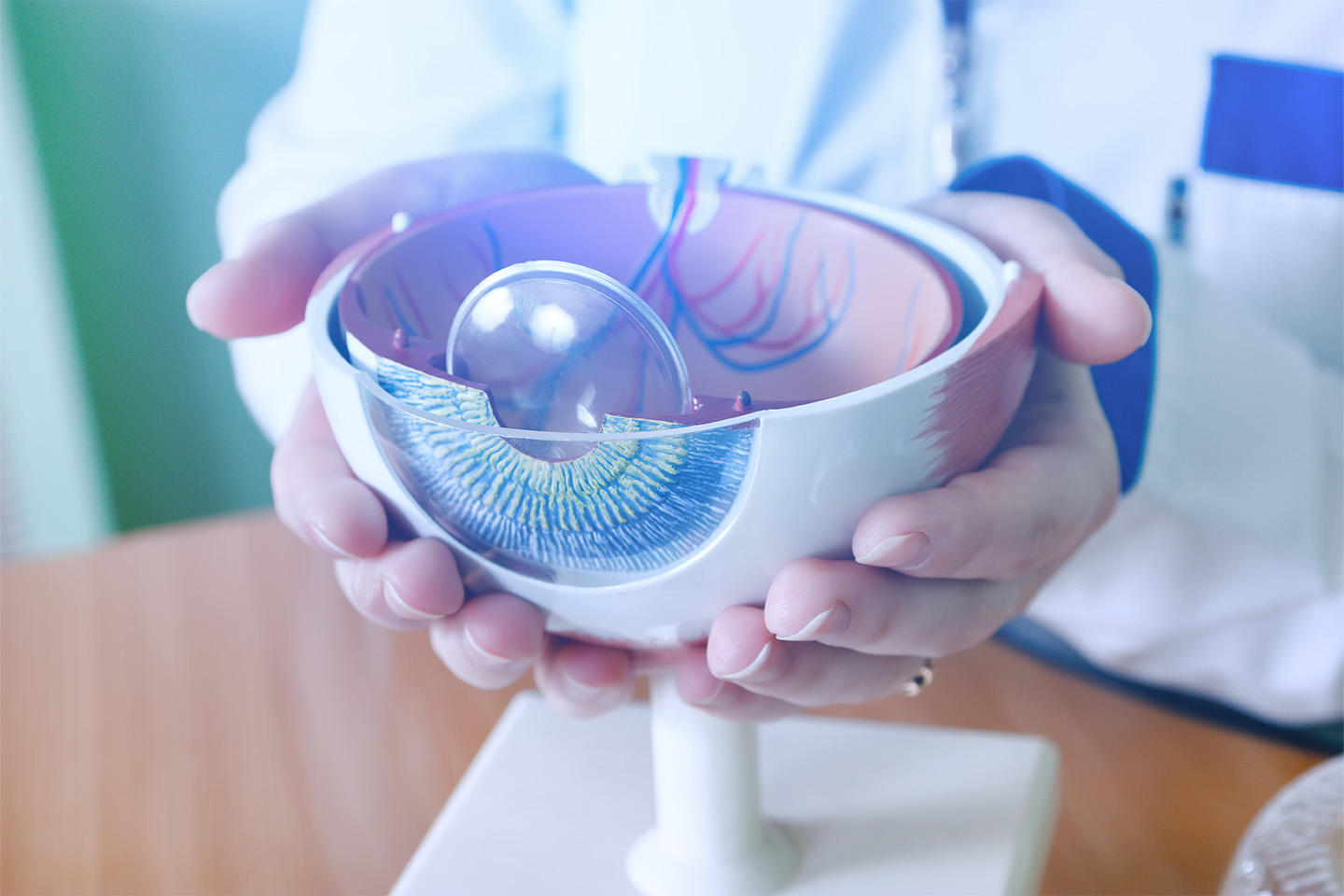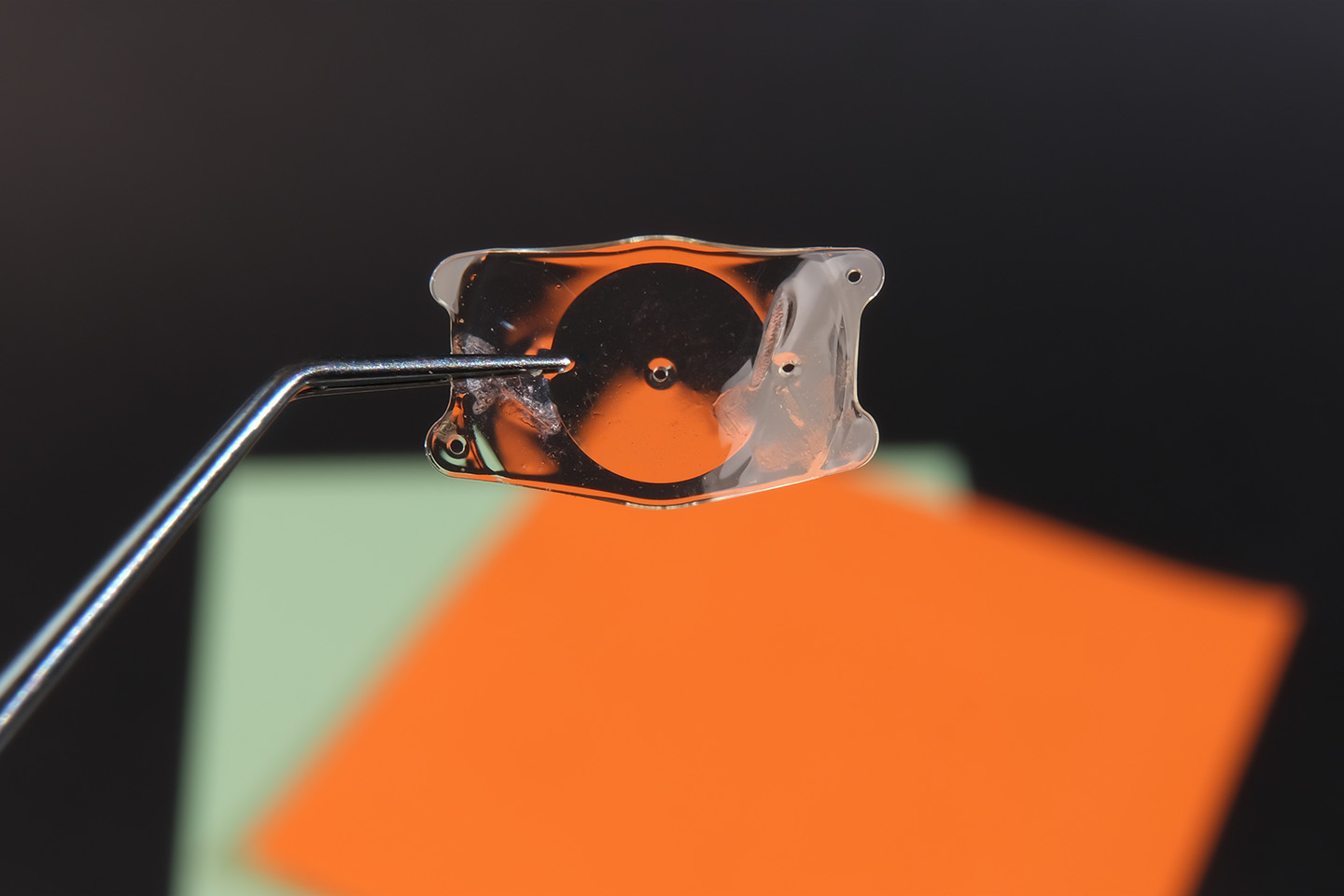5 Things I Learned About LASIK When Considering My Vision Correction Options

As someone who began wearing glasses and contact lenses at an early age, I always assumed I would rely on corrective lenses for the rest of my life. But as an active adult with a love of the outdoors and travel, my contact lenses often became burdensome and a source of frustration. That’s when I began researching vision correction surgery and laser-assisted in situ keratomileusis (LASIK). Here are five things I learned about LASIK eye surgery.
1. Not Everyone Is a Candidate for LASIK
LASIK is the best-known and most commonly performed laser refractive surgery, but it’s not right for everyone. Patients must meet certain criteria to ensure safe and optimal outcomes, including the following:
- Age: LASIK is typically recommended for patients older than 18 after your vision has more likely stopped changing and younger than approximately age 40, when you may begin to experience age-related vision changes called presbyopia.
- Vision prescription: Your prescription must be stable for at least one to two years before surgery. A high degree of refractive error and strong prescription may hinder your outcomes.
- Eye health: Dry eye, glaucoma, cataracts, keratoconus, or inflammation (keratitis or uveitis) can increase your risk of complications or worsen the condition.
- Corneal thickness: LASIK changes the shape of your eye’s cornea, so adequate corneal thickness is needed to allow for a safe procedure.
During your LASIK consultation, your eye doctor will give you a comprehensive eye exam and take detailed measurements of your eye to confirm whether you are a good candidate. Even if you’re not, you may still have options for vision correction surgery. LASIK alternatives like photorefractive keratectomy (PRK), another type of laser eye surgery, and clear lens exchange (CLE) are also avenues to clear vision that may be better suited for people who don’t meet the LASIK criteria.
2. There Are Different Types of LASIK Techniques and Technologies
During LASIK, the eye surgeon creates a small flap in the cornea, reshapes the underlying tissue using an excimer laser, and then repositions the flap. The goal is to alter how light refracts (or bends) and focuses on the retina to correct blurred vision. Eye surgeons use different equipment and technologies during this process, which define the various types of LASIK:
- Standard LASIK: The eye surgeon uses a small sterile blade called a microkeratome to make the initial incision on the corneal’s outer layer to create the flap.
- IntraLASIK, or bladeless LASIK: The surgeon uses a femtosecond laser to create the corneal flap rather than a manual tool.
- Custom LASIK: Wavefront technology measures how your eye processes light and creates a 3D map based on those measurements, allowing your surgeon to make refinements during surgery for customized results.
- Topography-guided LASIK: This type of LASIK uses Contoura™ Vision technology to map your cornea’s structure, allowing the surgeon to know exactly where to position the laser for optimal results. This technology is often used with wavefront technology to deliver the most customized vision outcomes for the patient.
3. LASIK Has Potential Risks and Side Effects
Like with any surgical procedure, LASIK carries certain risks and has the potential for side effects. Complications are rare, but it’s essential to talk to your ophthalmologist to understand the risks and treatment options. Side effects can include:
- Dry eyes
- Halos and glare
- Over or under-correction
- Infection
These side effects are most often temporary and treatable. Still, it’s critical to choose an experienced surgeon and follow all post-operative care instructions to ensure the safest experience and best vision outcomes.
4. LASIK Is Permanent, But Our Eyes Can Still Change
LASIK permanently changes the shape of your cornea and delivers a high success rate, with approximately 99% of patients achieving 20/40 vision and more than 90% achieving 20/20 vision. However, it doesn’t prevent presbyopia, and some patients can experience a slight regression in vision over time, especially if they had a stronger prescription before LASIK. It’s important to have realistic expectations and know that you may require corrective lenses as you age for certain activities, like driving at night or reading.
5. Insurance Typically Doesn’t Cover LASIK
LASIK is an elective procedure and is typically not covered by insurance. Costs can vary greatly and depend on factors like location, the experience of the eye surgeon, and the technology that’s used. When meeting with your LASIK provider, be sure to ask what’s included in your cost, like the number of follow-up visits and any necessary treatment if you experience side effects. Some LASIK providers offer vision commitment plans that cover the cost of future enhancements, too, as long as you have an eye exam each year.
LASIK is an investment, but many offices offer financing and payment options to make it more affordable. Understanding the long-term savings LASIK provides is also beneficial when making your decision. This LASIK savings calculator can help you estimate how much your lifetime savings could be without ongoing costs for frames, contact lenses, cleaning supplies, and other accessories.
Make Your Choice for LASIK
Having LASIK at ICON Eyecare in Grand Junction is easily one of the best decisions of my life. I feel so much more at ease when taking part in the activities I love having better vision without worrying about corrective lenses, and I can’t believe I waited so long. If you’re considering LASIK eye surgery in Western Colorado, I highly recommend scheduling a free LASIK consultation at ICON Eyecare. Remember, LASIK is an individualized experience, so it’s important to make a well-informed decision by understanding your eligibility, potential risks, costs, and realistic recovery time and outcomes. Talking to an experienced team allows you to learn if you’re a candidate, ask questions, and start your journey to an improved quality of life.
[DISPLAY_ULTIMATE_SOCIAL_ICONS]







